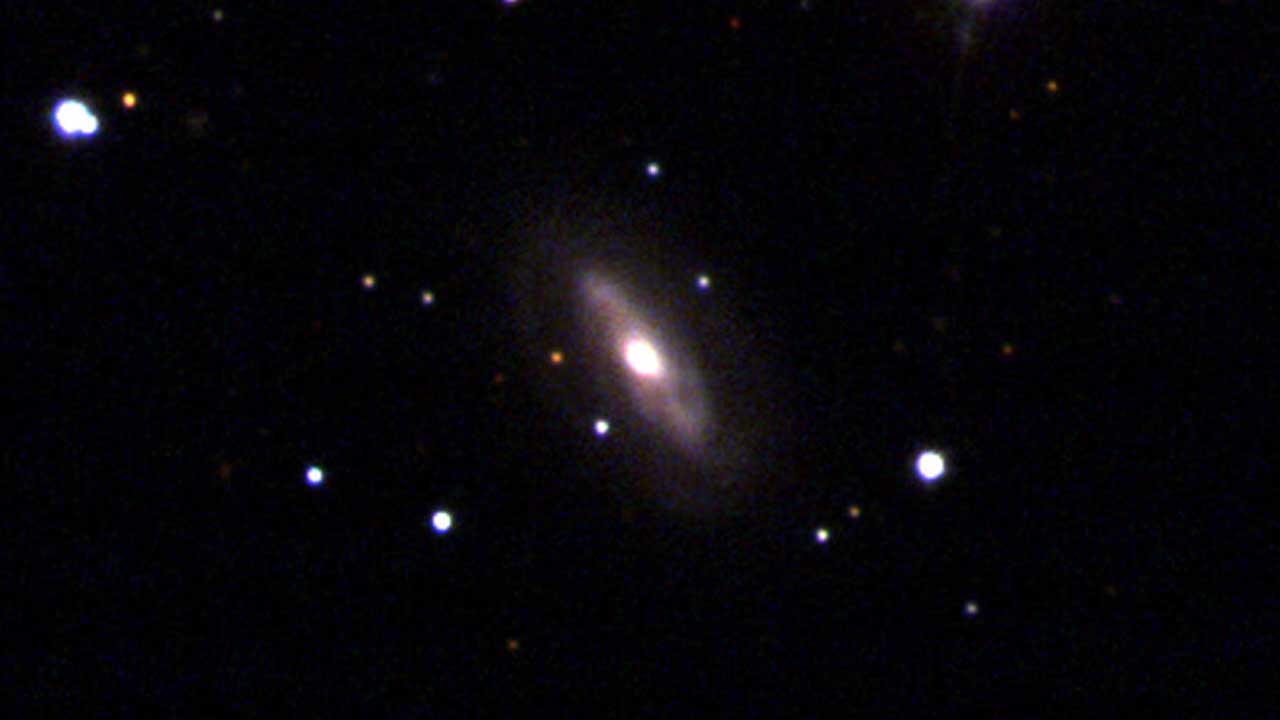
Black holes are usually content to sit around. They’re just so heavy that it’s tough to get them going.
But, Astronomers have long theorized that supermassive black holes travel through space. However, catching them in the act has proven difficult.
For the first time, scientists from the Center for Astrophysics | Harvard & Smithsonian detected a moving supermassive black hole. They identified the clearest case to date of a supermassive black hole in motion.
Scientists are working on this rare occurrence for the last five years by comparing the velocities of supermassive black holes and galaxies.
They wondered whether the black holes and the residing galaxies have the same velocity. According to scientists, the velocities should be the same. If they don’t, that implies the black hole has been disturbed.
For their study, scientists initially surveyed ten distant galaxies and the supermassive black holes at their cores. They specifically studied black holes that contained water within their accretion disks — the spiral structures that spin inward towards the black hole.
When water orbits around, the black hole emits a laser-like beam of radio light known as a maser. When studied with a combined network of radio antennas using a very long baseline interferometry (VLBI), masers can help measure a black hole’s velocity very precisely.
The technique helped them determine that nine of the ten supermassive black holes were at rest. But the remaining one was found to be in motion.
The moving black hole is located at the center of a galaxy named J0437+2456 that lies approximately 230 million light-years away from Earth. It has three million times of mass that of our sun.
Using follow-up observations with the Arecibo and Gemini Observatories, it is confirmed that the black hole is moving at a speed of about 110,000 miles per hour inside the galaxy J0437+2456.
But, what is the reason behind its motion?
According to scientists, there are two possibilities.
Jim Condon, a radio astronomer at the National Radio Astronomy Observatory who was involved in the study, said, “We may be observing the aftermath of two supermassive black holes merging. The result of such a merger can cause the newborn black hole to recoil, and we may be watching it in the act of recoiling or as it settles down again. But there’s another, perhaps even more exciting possibility: the black hole may be part of a binary system.”
Pesce said, “Despite every expectation that they really ought to be out there in some abundance, scientists have had a hard time identifying clear examples of binary supermassive black holes. What we could be seeing in the galaxy J0437+2456 is one of the black holes in such a pair, with the other remaining hidden to our radio observations because of its lack of maser emission.”
Although scientists believe that further study is needed to determine the actual cause of this supermassive black hole’s unusual motion.
Other coauthors of the study include Anil Seth of the University of Utah; Jenny Greene of Princeton University; Jim Braatz, Jim Condon, and Brian Kent of the National Radio Astronomy Observatory; and Davor Krajnović of the Leibniz Institute for Astrophysics in Potsdam, Germany.
Journal Reference:
- Dominic W. Pesce et al. A Restless Supermassive Black Hole in the Galaxy J0437+2456. DOI: 10.3847/1538-4357/abde3d
Continue reading A moving supermassive black hole discovered on Tech Explorist.
0 comments:
Post a Comment